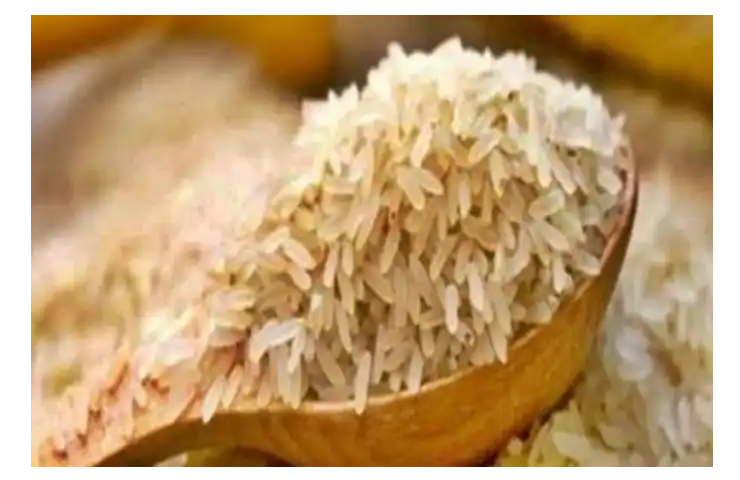Notwithstanding restrictions, India’s rice exports to Africa have jumped during the current financial year. During the April-January period this financial year, India’s rice exports to African countries crossed 9 million tonnes compared to 7.3 million tonnes in the previous fiscal year. Africa has mostly sourced parboiled rice from India. While the Centre imposed a 20 per cent duty on non basmati rice, parboiled variety was exempt from any additional charges.
For the full financial year, India’s rice exports to price sensitive Africa are expected to touch 11 million tonnes.
“We expect robust demand from Africa even in the next financial year,” Vinod Kaul, executive director, All India Rice Exporters’ Association, told India Narrative.
Africa is a major player in the international rice market as it imports about 20-30 per cent of the total global imports, Africa Business said, adding that the rapid growth in rice trade is due to its high consumption of the grain as a food source in Sub-Saharan Africa.
Ghana, Nigeria, Senegal, Côte d’Ivoire, Benin and Guinea are among the top importers of Indian rice.
Indian non basmati rice is priced at about $410 a tonne compared to the grain sold by Thailand, and Vietnam.
“We are satisfied with overall rice exports. While Africa has become a major market for India, our outbound shipment to other destinations including the West Asian countries and several in Latin America has also picked up,” Kaul said.
Among the Latin American countries, Cuba, for the first time has started importing Indian rice. It has already sourced 57,000 tonnes of non basmati rice from India.
India’s rice exports to China however have dropped significantly, Kaul said. China was sourcing 100 per cent broken rice from India. However, the Centre banned the exports of 100 per cent broken rice last year.
Despite several restrictions including imposition of 20 per cent duty on exports of non basmati grains, India’s total outbound shipment could touch about 20 million tonnes by the close of the current financial year.
The US Department of Agriculture had projected India’s rice exports to drop at about 19 million tonnes.
Though in 2021-22 India’s rice exports touched a record 22 million tonnes, several projections had earlier indicated a “huge drop” in outbound shipment of the grain after the ban in exports of 100 per cent broken grain along with an imposition of 20 per cent duty on non basmati variety barring the parboiled crop.
Total exports of basmati rice between April and January stood at 3.7 million tonnes and for non basmati, it was 12 million tonnes.
Kaul said that exports of basmati for the full financial year may be in the range of 4.4 million tonnes to 4.6 million compared to 3.9 million tonnes in 2021-22.
Rice accounts for more than 40 per cent of total food grain production in the country. According to World Grain.com, a website tracking production, consumption and exports of grains and other crops, rice production in India is trending upwards and has reached record levels in the last five years due to rising yields on favourable monsoon rains and improved varieties.
Also read: Kerala’s tribal farmer saves 54 local rice varieties from extinction




















